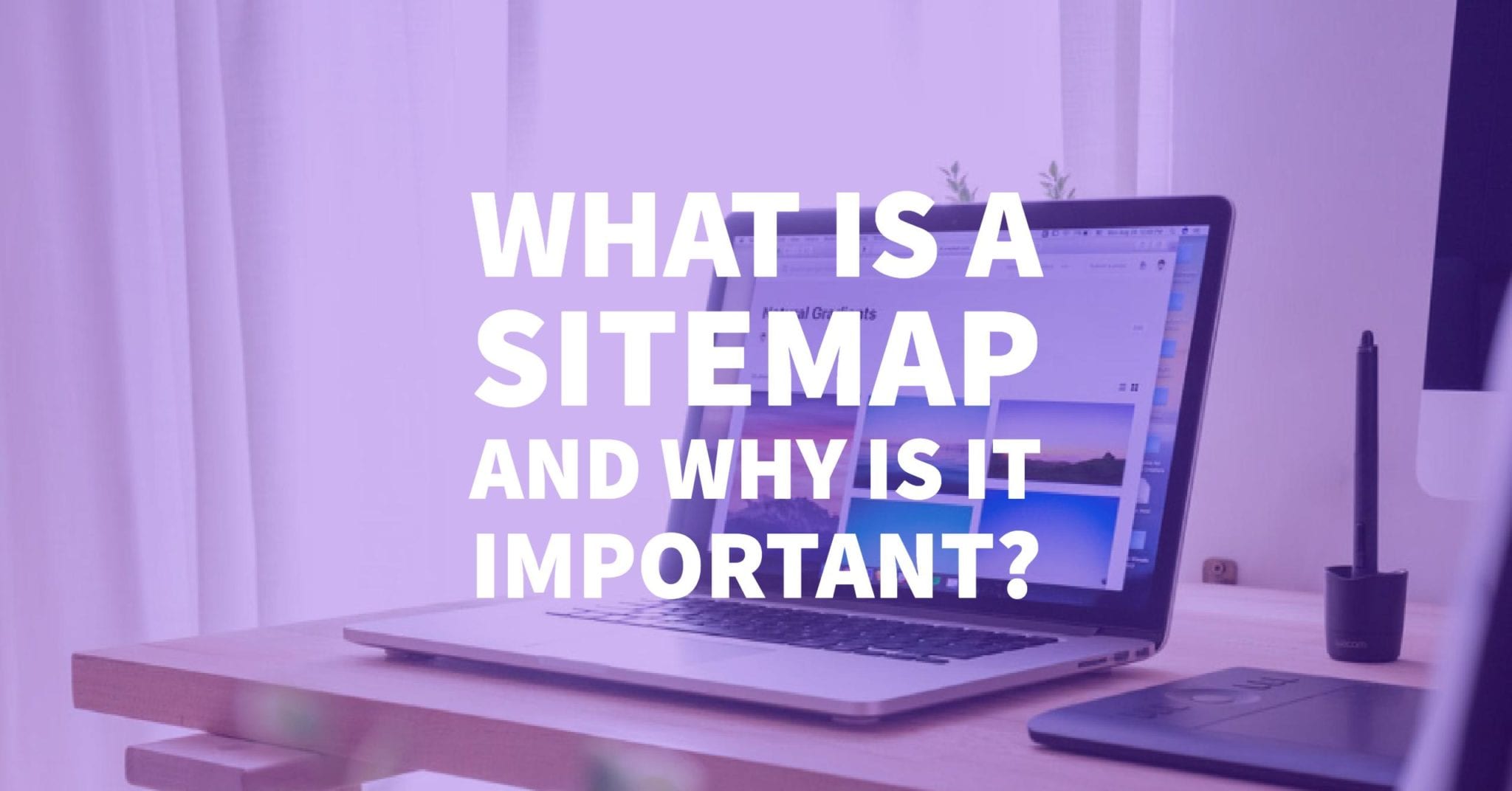
Running an e-commerce website can be both exciting and challenging. Whether you're just starting your online business or looking to improve your existing (e-commerce - some like to hyphenate!) ecommerce website, understanding the do's and don'ts is crucial for success. Let's look at the key aspects of managing a thriving online store.
Read More










